Artist Spotlight: Hammerpress
Brady Vest, founder of Kansas City-based HAMMERPRESS, has his pulse on a letterpress renaissance. Even if you haven’t heard of letterpress, you’ve certainly benefitted from its invention. Until the middle of the last century, letterpress printers were responsible for creating books, pamphlets, and newspapers. To some, these movable type machines are considered junk in our digital age. But letterpress prints, posters, and greeting cards are making a big comeback, and Brady is making tremendous use of this centuries-old technology.
Brady’s intricate letterpress designs are pure eye candy and are truly some of the most beautiful stationery we've seen. We’re grateful for a peek at the inner workings of Hammerpress Studio below.
Tell us about the birth of Hammerpress.
I started Hammerpress in 1994 while studying printmaking at the Kansas City Art Institute. The school had two letterpresses and some type that no one really used. I started working with friends on collaborative projects – mostly posters for local bands, record covers, etc. Once I graduated, I had no letterpress equipment to continue the work, so I began looking for presses and type. This was pre-internet, so my technique was to just walk into print shops and ask if they had any old equipment to sell. I lucked out when I was visiting my hometown of Oklahoma City and wound up scoring a bunch of type and other equipment. Then I got a studio space, and it was basically a word of mouth business. Again, pre-internet and pre-website for your business.
In those first years we printed job work for designers around town, making custom wedding invitations & business cards. From there it slowly grew and morphed into what it is today. The big jump happened in about 2004 - with the help of a couple of good people, we decided to go to the National Stationery Show in New York. I think once we entered that world, Hammerpress really started to develop into more of a business. We now have over 300 products in our wholesale line, mostly greeting cards, but also prints, notebooks, postcards, gift tags & calendars. We have an amazing network of reps selling our product on the road, in their showrooms, and at trade shows, and we couldn’t do it without them.
How is letterpress actually done?
It's a physically intensive and industrial process. Letterpress prints are printed one color at a time, so whether it’s being done using printing plates or handset, antique lead and wood type, you’re doing it layer by layer. So if you have a greeting card, for example, that incorporates three colors and you’re doing a thousand of them, you’re running all thousand in one color and switching the plates out for each consecutive color and doing it all again. For some of our band posters, which are really intricate, there are maybe 6 or 7 colors. We do have some newer auto-feeding presses, but on the larger pieces like that, we still do it manually, literally hand-cranking each poster through the press over and over. It can be tedious, but it sounds worse to people who haven’t done it before!
How would you describe the Hammerpress aesthetic?
For me, there’s a lot of connection to the actual materials of letter-press printing, like handset type, border rule, ornaments and different weird papers that I started using at KCAI because they were cheap. There tends to be a lot of layering, and a lot of really minute, intricate detail, almost architectural layouts of spacing materials and printing materials. It’s a process of putting that all together and trying to find a way for all of it to make sense!
Where do you get your inspiration?
We draw inspiration from so many sources that it’s hard to be specific. Each of us look at many different things – old sign painting, postage stamps, matchbooks, textiles, Russian posters, Cuban posters, Vaughn Oliver, Peter Seville, Bruce Licher, folk art, old science books, record covers, fashion, ceramics, etc.
It sounds like music has been at the core of Hammerpress’ story. Which tour posters have been particularly fun to develop?
I loved designing the poster for the VIP party after the Willie Nelson and Dwight Yoakam show. We just did a poster for X for their 40th-anniversary tour. There are a couple of bands, like Loop, a UK psych band from the ’80s and ’90s, that I’m just a big fan of, and that’s why we took those on. It’s definitely a labor of love.
We obviously love your stationery, and definitely dig your band posters. Outside of those, do you still take on any custom work?
Yes! We still continue to design and print custom work including wedding invitations, business cards, restaurant menus, coasters and logos. We also make art prints, and we have our storefront, which is an important part of our local identity in Kansas City.
What does a typical day at Hammerpress look like?
On a typical day, a few people start work at 9 am, and few at 10 am. We like to keep a flexible schedule that accommodates different people’s needs. The press room is usually buzzing by time our storefront opens. You can see through to the shop from the storefront and get a glimpse behind the scenes. Our inventory and fulfillment department is located just behind the front counter. And the office is just beyond that. Currently the designers here at the shop are myself and Jenn Rogers. Britta Rice handles all of our wholesale business, working directly with our retailers, reps, and distributors. Ben Jones and Kate Morgan make up our production team. Debbie Swan and Olivia Tedford take care of order fulfillment and donation requests, and Elise Sanders manages our storefront.
Why has Hammerpress stayed in Kansas City for the past 23 years? Is it a particularly good place to be a maker?
Yeah. Kansas City is a really place different than it was 20 years ago; it was a little bit of an open frontier back then. But there’s always been a tangible group of people here that are interested in doing cool things. From a design perspective, I think there’s a big draw to Kansas City for designers—so many big agencies have historically been in Kansas City, including Hallmark, which is definitely a reason why so many people like me came to school here and stayed. But then it’s also a city where it’s easy to take chances. It’s easier to start your own business or run your own gallery, because the cost is so manageable. Not to be super pragmatic about it, but because it was cheap, it allowed people to plant their roots here and start something really cool.

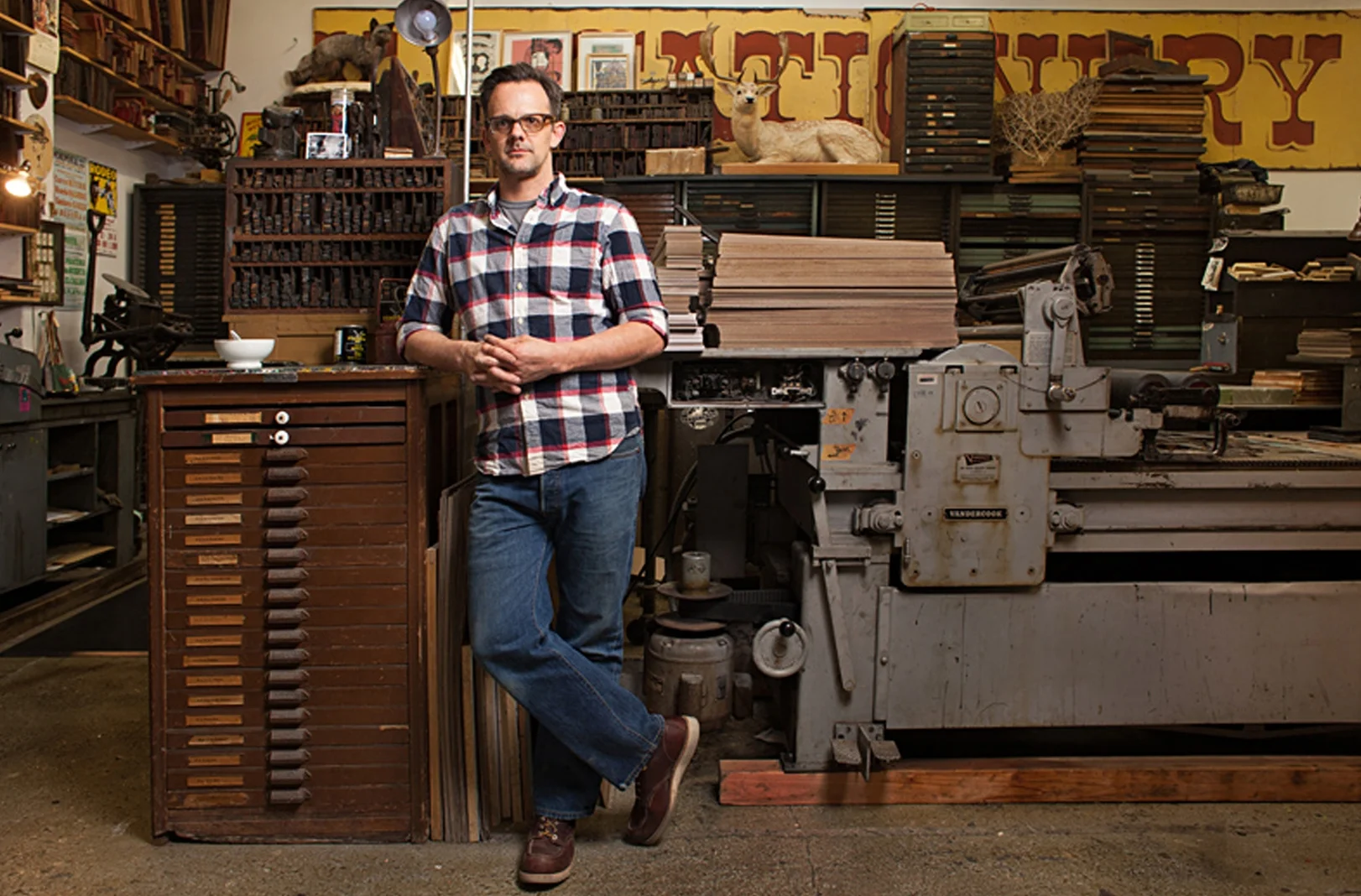



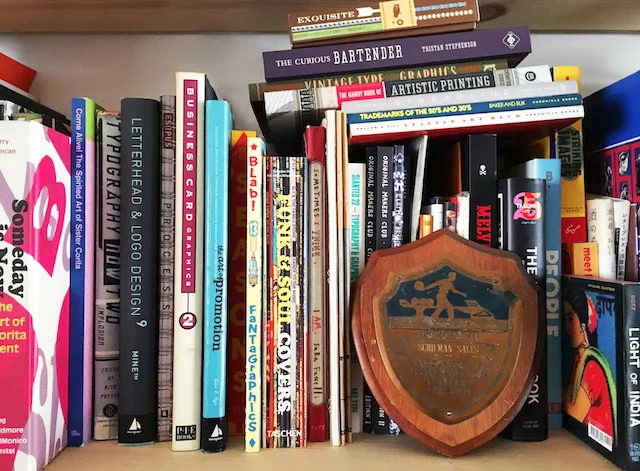
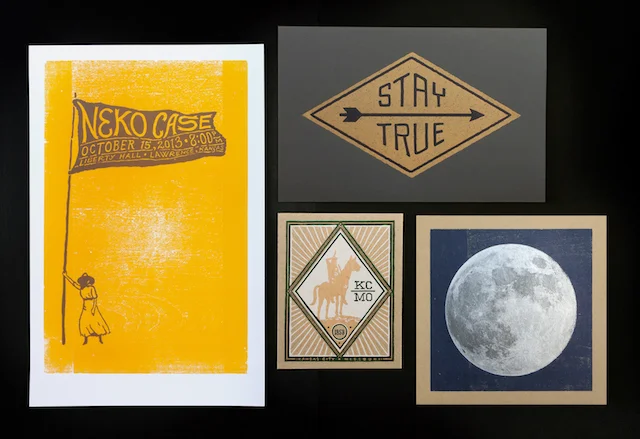
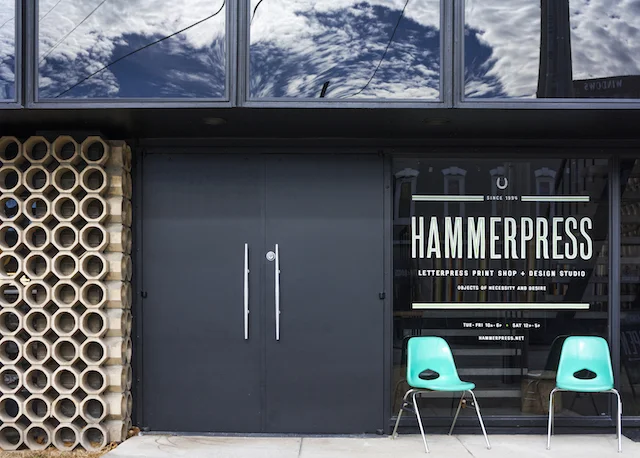
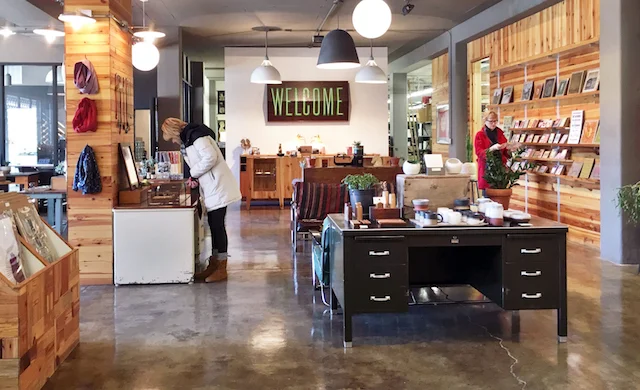
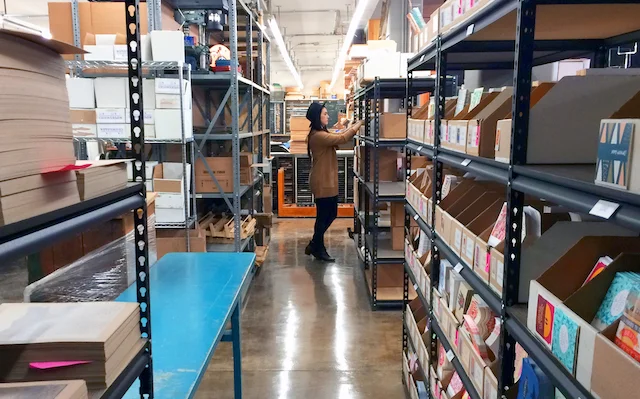
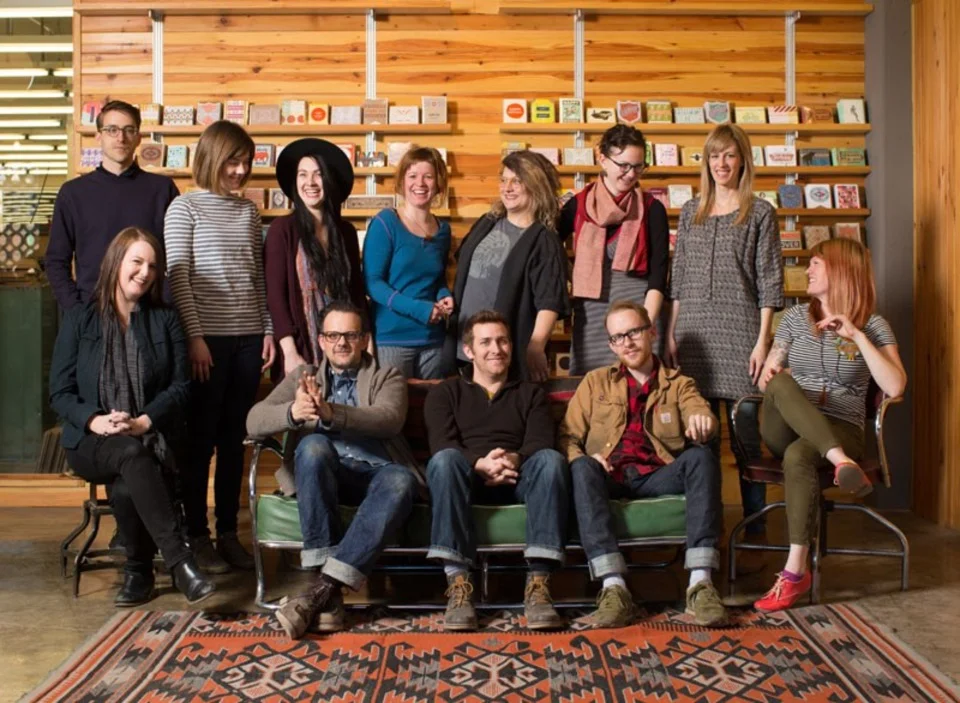






The story of Snailbox begins when hitched twosome Amanda and Zach decided to tackle a problem they’d been wrestling for years: How to stay prepared for important, card-worthy occasions.